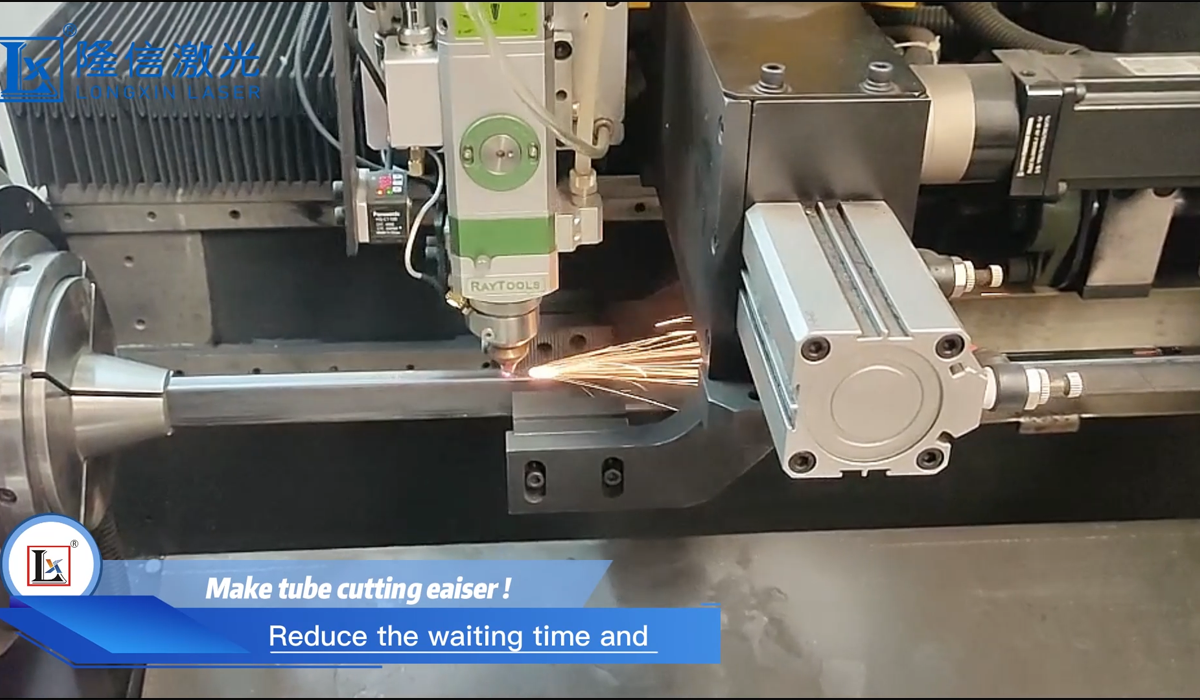English
English
1. Vaporization cutting
The laser beam with high energy density is used to heat the workpiece, so that the temperature rises rapidly and reaches the boiling point of the material in a very short time, and the material begins to vaporize to form steam. These vapors are ejected at a high velocity, and at the same time as the vapors are ejected, incisions are formed in the material. Then part of the material evaporates into steam and disappears, and part of the material is blown away from the bottom of the kerf by the auxiliary gas flow as ejecta. The heat of vaporization of materials is generally very large, so laser vaporization cutting requires a lot of power and power density.
Laser vaporization cutting is mostly used for cutting extremely thin metal materials and non-metal materials (such as paper, cloth, wood, plastic and rubber, etc.).
2. Fusion cutting
During laser melting cutting, the metal material is melted by laser heating, and then a non-oxidizing gas (Ar, He, N, etc.) is injected through a nozzle coaxial with the beam, and the molten material around the hole is brought to the surface by the auxiliary airflow coaxial with the beam. Walk. As the workpiece moves, the small hole moves synchronously along the cutting direction to form a kerf. Rely on the strong pressure of the gas to make the liquid metal discharge and form an incision.
The laser beam continues to shine along the leading edge of the slit, and molten material is blown away from the slit in a continuous or pulsating manner.
Laser melting cutting does not need to completely vaporize the metal. Laser melting cutting is mainly used for cutting materials that are not easily oxidized or active metals, such as stainless steel, titanium, aluminum and their alloys.
3. Oxidation cutting
Fusion cutting generally uses inert gas. If it is replaced by oxygen or other active gas, the material is ignited under the irradiation of the laser beam, and has a violent chemical reaction with oxygen to generate another heat source, which is called oxidation cutting.
The principle of oxidative cutting is similar to that of oxyacetylene cutting. It uses laser as a preheating heat source, and active gas such as oxygen as cutting gas. On the one hand, the blown gas interacts with the cutting metal to cause an oxidation reaction, releasing a large amount of oxidation heat; on the other hand, the molten oxide and melt are blown out from the reaction zone to form a cut in the metal. Because the oxidation reaction in the cutting process generates a lot of heat, the energy required for laser oxygen cutting is only 1/2 of that of fusion cutting, and the cutting speed is much higher than that of laser vaporization cutting and fusion cutting. Laser oxygen cutting is mainly used for easily oxidized metal materials such as carbon steel, titanium steel and heat-treated steel.
4. Control fracture cutting
For brittle materials that are easily damaged by heat, high-speed and controllable cutting is performed by laser beam heating, which is called controlled fracture cutting. The main content of this cutting process is that the laser beam heats a small area of brittle material, causing a large thermal gradient and severe mechanical deformation in this area, resulting in the formation of cracks in the material. As long as a uniform heating gradient is maintained, the laser beam can direct cracks in any desired direction.
Controlled fracture is to use the steep temperature distribution generated during laser grooving to generate local thermal stress in the brittle material, so that the material is broken along the small groove.
